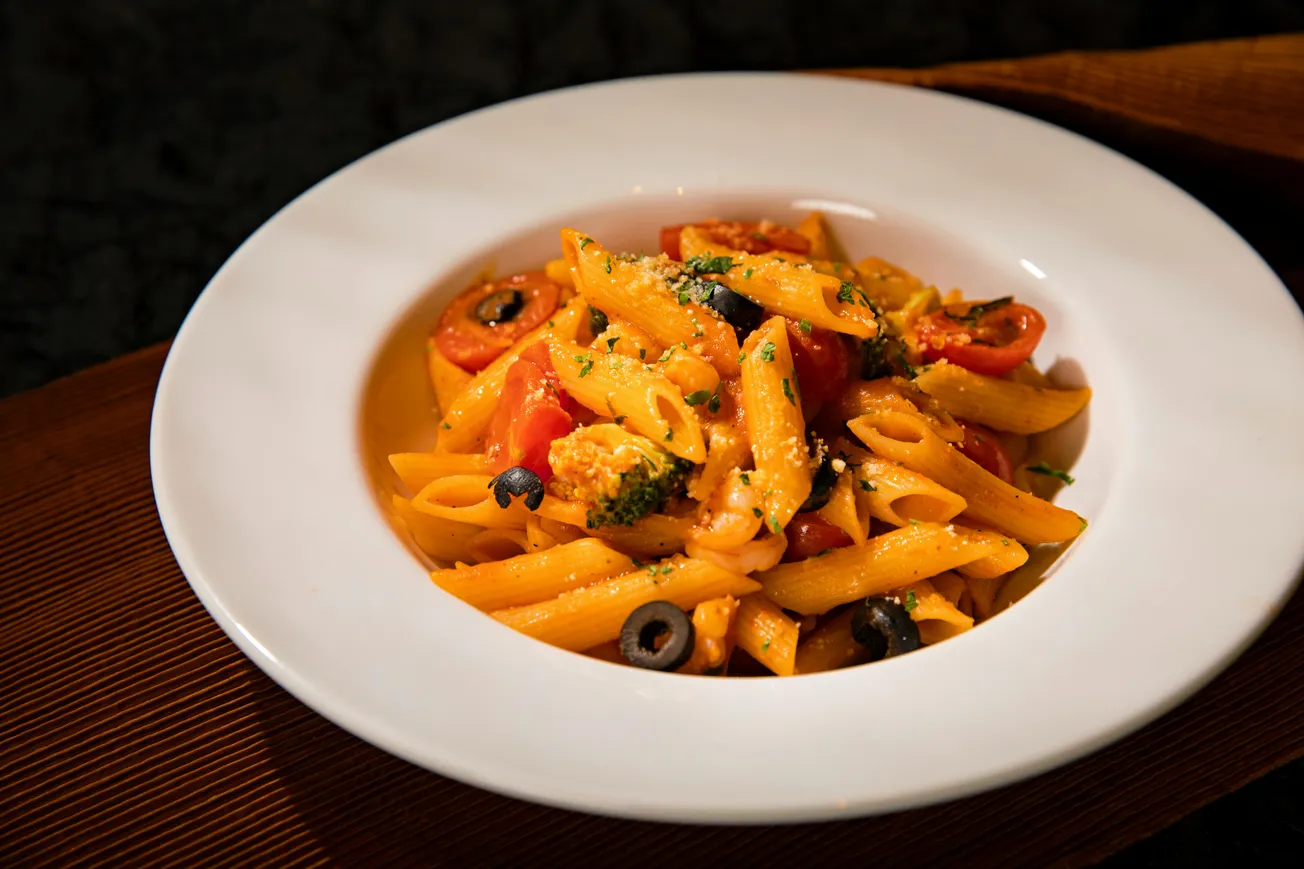Instacart works with a lot of different retailers, and figuring out how successful those partnerships are isn't as simple as just looking at sales numbers. The way they measure success can be quite different depending on the specific retailer and what that retailer wants to achieve.
Setting the Right Goals
Instacart starts by talking with their retail partners to understand their main goals. Sometimes, it's about getting more people to shop online with them, or maybe it's about building customer loyalty.
Other times, it might be about increasing overall engagement with their brand. Because these goals vary, Instacart has to figure out the most important numbers, or northstar metrics, for each individual partnership.
- Success isn't just about sales figures.
- Partnership goals vary greatly between retailers.
- Customer experience and loyalty are important measures.
More Than Just Dollars and Cents
While driving sales is definitely a big part of what Instacart does – everyone wants to see those sales numbers go up – it's not the only thing they look at. They also consider other factors that show how well the partnership is working.
One of these is the Net Promoter Score (NPS). This measures how likely customers are to recommend Instacart to others. Instacart's NPS is usually in the mid-60s, while a partner like Costco has an NPS over 70.
So, while sales are important, Instacart also pays close attention to customer engagement. They want to know if customers are happy with the experience and if it's something they actually like using.









